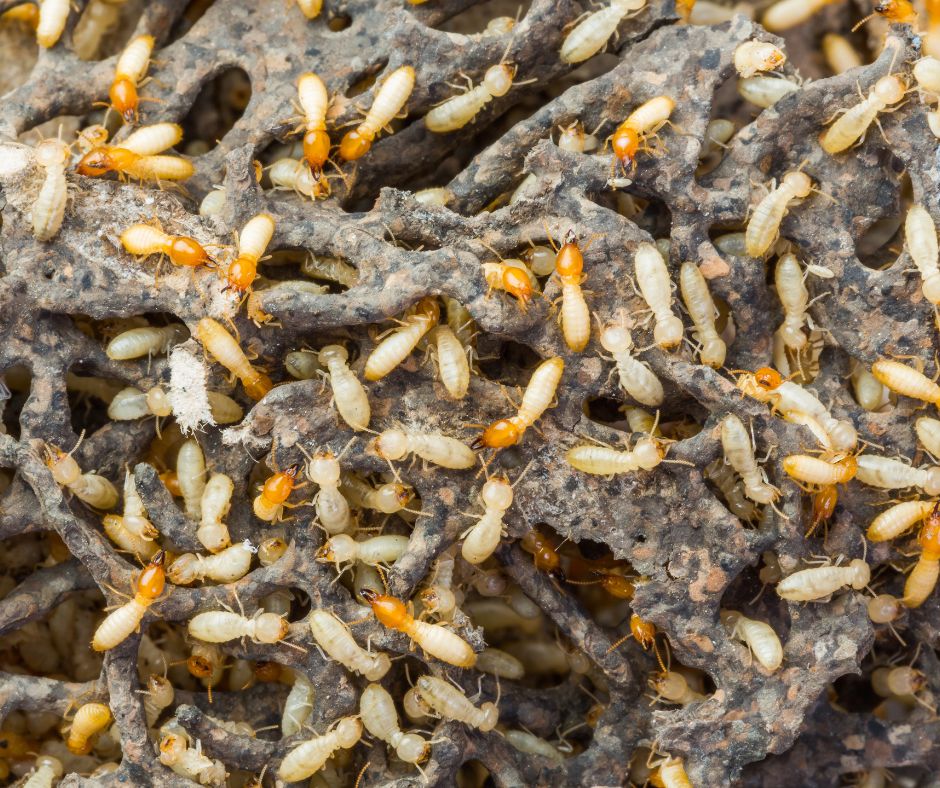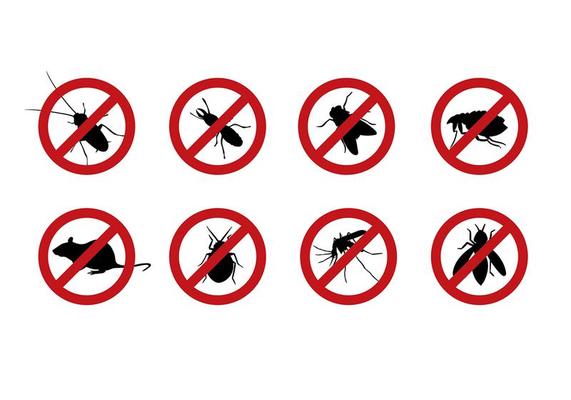Ant Exterminator Near Me: How to Get Rid of Ants Swiftly and Effectively
Learn Regarding the most up to date Breakthroughs in Parasite Control and Just How to Apply Reliable Therapy Solutions
In current years, the field of parasite control has observed considerable advancements, driven by the requirement for effective and lasting treatment solutions. Cutting-edge methods such as Integrated Parasite Administration (IPM) incorporate green practices with sophisticated innovation, enhancing both effectiveness and environmental duty.
Eco-Friendly Insect Control Options
Over the last few years, the need for green insect control choices has surged as home owners and companies alike look for sustainable options to typical chemical therapies. This shift is driven by growing environmental awareness and a desire to minimize the wellness threats connected with synthetic chemicals.

Eco-friendly parasite control techniques encompass a series of techniques that prioritize the usage of natural compounds and practices. Integrated Parasite Management (IPM) is one such strategy, integrating organic, cultural, and mechanical methods to handle pest populaces while reducing dependence on chemicals (Wildlife removal services). This holistic technique stresses prevention via habitat manipulation and the introduction of all-natural predators, therefore promoting a well balanced environment
Another preferred choice is using herb chemicals originated from plants, which often tend to be less unsafe to non-target organisms. Products like neem oil and diatomaceous planet have obtained traction for their efficiency in regulating insects while posturing minimal dangers to human health and the atmosphere.
In addition, exclusion methods, such as securing access factors and maintaining tidiness, play an essential duty in environmentally friendly parasite management. By embracing these lasting techniques, organizations and people can effectively manage insects while advertising a much healthier planet for future generations.
Smart Innovation in Bug Monitoring
Development is reshaping the landscape of bug monitoring, with clever technology emerging as a pivotal force in boosting performance and performance - Wildlife removal services. The assimilation of Net of Points (IoT) devices, artificial knowledge (AI), and information analytics is revolutionizing how pest control experts approach problems
Smart catches outfitted with sensing units can find bug activity in real-time, sending immediate alerts to drivers. This permits for timely responses, minimizing damages and decreasing the need for extensive therapies. Furthermore, AI algorithms assess historical data to forecast insect behavior, making it possible for positive interventions based upon ecological conditions and problem patterns.
Drones and computerized lorries are additionally playing a substantial function in insect management, providing airborne analyses of huge locations, identifying hotspots, and also distributing targeted treatments. These innovations not just simplify procedures however also boost security by limiting human direct exposure to potentially harmful chemicals.
In addition, mobile applications encourage consumers to keep track of pest activity and accessibility specialist suggestions, promoting a collaborative strategy to pest monitoring. In general, the fostering of smart innovation is establishing a new requirement in parasite control, emphasizing data-driven decisions and lasting practices that eventually profit both specialists and homeowners alike.
Integrated Pest Administration Approaches
Integrated Pest Administration (IPM) uses a holistic approach to pest control, integrating numerous approaches to successfully handle pest populations while reducing dangers to human wellness and the environment. IPM revolves around understanding the pest life cycle, their natural opponents, and the ecological community in which they thrive.
One of the essential elements of IPM is monitoring pest populaces through regular assessments and data collection. This enables the recognition of bug limits, establishing when treatment is necessary. Cultural practices, such as crop rotation, sanitation, and habitat adjustment, are essential in reducing parasite frequency and advertising plant health and wellness.
Mechanical controls, including traps and barriers, are likewise important in IPM. These methods can literally eliminate or discourage pests without the use of chemicals. When essential, the sensible application of chemical controls is utilized, concentrating on targeted therapies that lessen environmental influence.
Education and learning and partnership among stakeholders, consisting of farmers, insect control professionals, and the community, are critical for the effective application of IPM strategies. By focusing on sustainable practices, IPM not just addresses pest problems but additionally fosters a much healthier environment.
Biological Control Techniques
Numerous organic control techniques are significantly recognized for their efficiency in managing pest Source populations while advertising eco-friendly balance. These approaches harness natural killers, parasites, and microorganisms to reduce pest numbers without relying upon artificial chemicals. As an example, description the intro of ladybugs can efficiently regulate aphid populations, while nematodes target soil-dwelling bug larvae.
Furthermore, making use of microbial pesticides, such as Bacillus thuringiensis (Bt), supplies an eco friendly option for taking care of caterpillar insects. These items especially target pest species, lessening injury to valuable insects and pollinators. Preservation organic control emphasizes enhancing environments for all-natural enemies, such as birds and valuable insects, consequently urging their presence in agricultural systems.
Research remains to reveal ingenious techniques within this area, such as the use of pheromones to interrupt pest breeding patterns or the development of biocontrol agents with genetic modification. Applying these methods can result in sustainable parasite management techniques that minimize the dependence on chemical interventions, ultimately cultivating healthier environments. As recognition of these strategies grows, they are becoming essential components of integrated pest monitoring (IPM) approaches, using a balance between effective insect control and ecological stewardship.
DIY Pest Control Solutions
As homeowners look for effective means to take on bug issues, do it yourself bug control options have obtained appeal for their availability and cost-effectiveness. These techniques empower people to deal with infestations making use of easily available products and techniques, often without the demand for expert treatment.

In addition, keeping appropriate cleanliness and regular inspections can prevent pest access and nesting (Wildlife pop over to this site removal services). Straightforward methods, such as sealing splits, eliminating food sources, and decluttering, can considerably diminish parasite populaces. Catches, both homemade and commercially readily available, can additionally supply reliable options for surveillance and controlling specific parasites like pests or rats

Final Thought
The combination of environmentally friendly bug control choices, clever innovation, and innovative monitoring approaches offers an extensive method to reliable insect monitoring. By embracing Integrated Insect Monitoring (IPM) and making use of biological control techniques, along with Do it yourself solutions, lasting and liable pest control can be accomplished.
Environment-friendly parasite control approaches encompass a variety of methods that focus on the usage of all-natural materials and practices. Integrated Bug Monitoring (IPM) is one such approach, combining biological, cultural, and mechanical strategies to handle insect populaces while lowering reliance on chemicals. As understanding of these methods grows, they are ending up being important elements of integrated insect management (IPM) techniques, using an equilibrium between reliable bug control and ecological stewardship.
The integration of green insect control choices, smart technology, and innovative monitoring methods provides an extensive method to effective parasite administration. By accepting Integrated Pest Monitoring (IPM) and using biological control approaches, together with DIY solutions, responsible and lasting insect control can be achieved.